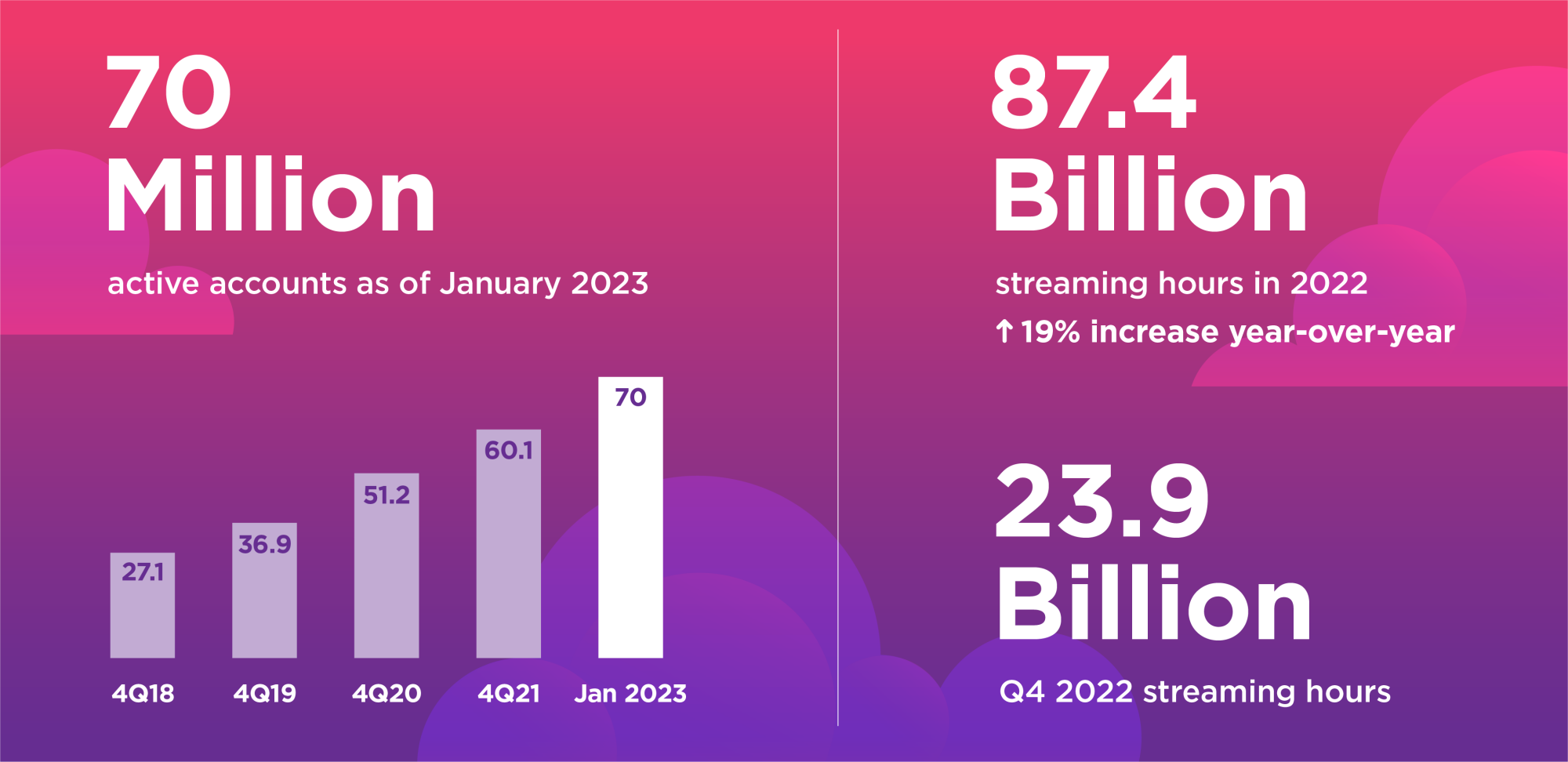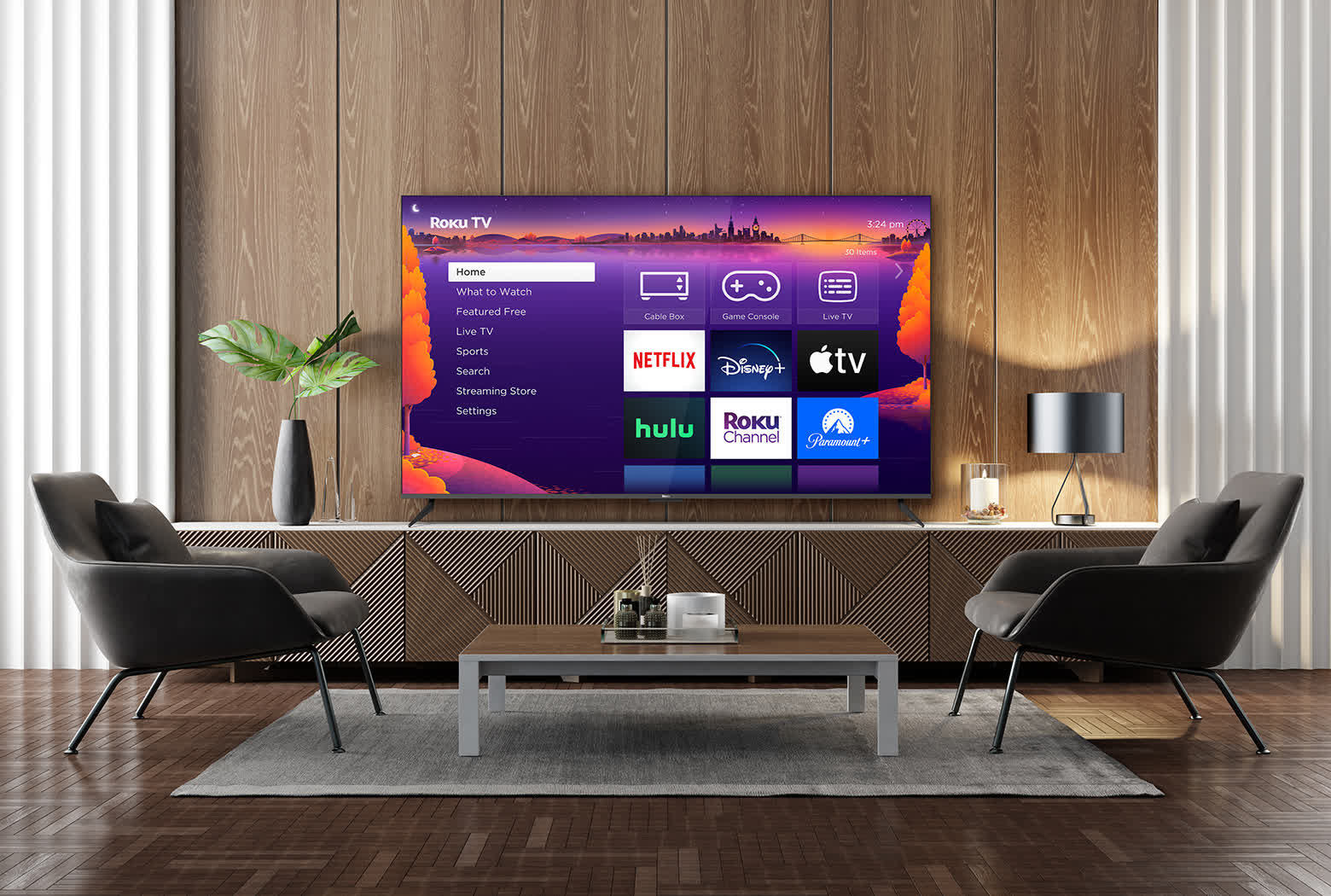The big picture: Roku recently announced it now has more than 80 million active user accounts, which it says is a major marker of its growth and scale amid the continued shift in how people watch television. A closer look at the numbers, however, reveals that growth has been slowing each year since 2020.
Further driving its point home, the company said its active account base is now larger than the collective subscriber base of the six largest traditional pay TV providers.
Founder and CEO Anthony Wood said that in a world where one day all TV will be streamed, they are immensely proud to be the programmer of the home screen for more than 80 million active accounts around the world.
Reaching 80 million active accounts may not seem like a huge deal, especially considering they technically aren't paying users (excluding the one-time hardware cost, there's no subscription involved) but getting to this point wasn't easy.

Save for one year (from Q4 2019 to Q4 2020), active account growth has consistently slowed each and every year since 2018. The last numbers came in January 2023 when Roku said it had 70 million active accounts, meaning it took more than 12 months to add 10 million additional accounts.
Roku also said it hit a new record high in terms of viewer engagement. In 2023, more than 100 billion hours of content were streamed using Roku devices compared to 87.4 billion streaming hours in 2022. That works out to an average of 4.1 hours per day, per account, in the most recent quarter.
Roku spent much of 2023 expanding its reach beyond traditional streaming boxes. In March, the company launched its own line of TVs with integrated streaming capabilities exclusively at Best Buy. Just last month, Roku announced a new line of Pro Series sets in 55-inch, 65-inch, and 75-inch sizes with higher-end features like Mini-LED, local dimming, and enhanced audio tech.
New Pro Series sets are due out this spring with prices starting under $1,500.
